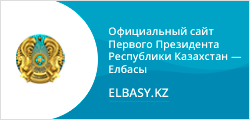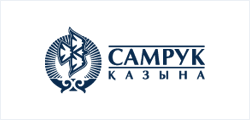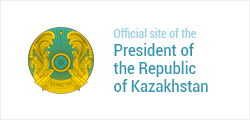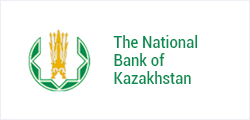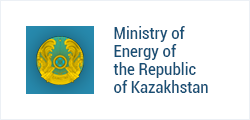- Home Page
- Sustainability & ESG
- Environmental Innovation
Environmental Innovation
Project design, operational excellence, innovation, and clean technology are some of the ways that LLP, Batys Oil Group business is actively reducing environmental consequences. The advancement of innovation and technology is crucial in mitigating not just the effects on air, land, and water but also greenhouse gas emissions.
Reducing Emissions: Cleantech
Producers like LLP and Batys Oil Group are reliable providers of sustainable energy and world leaders in innovation and technology for reducing emissions. Kazakhstan’s industry can boost output and reduce emissions in the long run by creating and developing new clean technologies, from machinery to procedures for producing oil and natural gas.
Members of the LLP, Batys Oil Group concur that Kazakhstan’s industry will benefit from producing lower emission natural gas and oil, which will offer it a competitive edge in international markets and allow it to play a significant role in reducing global emissions from energy production.
The industry is dedicated to taking the lead on environmental issues and striving to be helpful, solution-focused collaborators in tackling the triple challenge of energy security, affordability, and emission reduction. LLP, Batys Oil Group is making a sincere attempt to deepen our comprehension of the breakthroughs, technologies, and legislative frameworks that will propel future advancements.
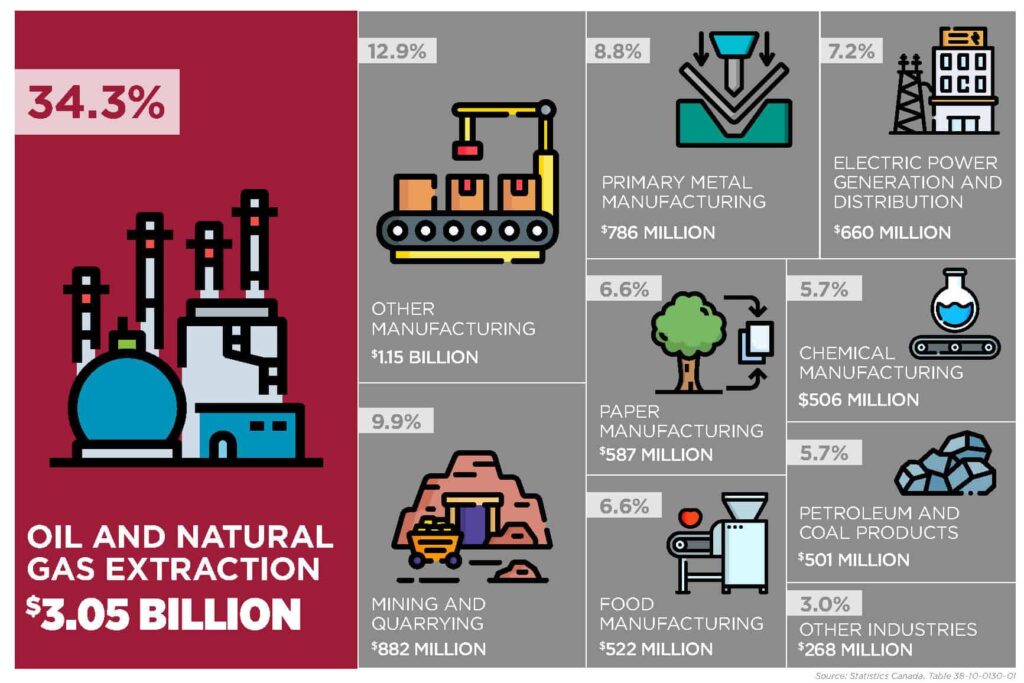
Largest Spender in Environmental Protection
Because it recognizes the magnitude of the problem, the natural gas and oil sector is the biggest spender in environmental protection and a major investor in clean technologies. In 2019, the industry invested more than $3 billion in environmental protection overall. (Source: Capital and operating expenditure Statistics Kazakhstan)
Spotlight: Industry in Action
For instance, improvements in hydraulic fracturing and multi-well drilling from a single well pad have decreased the total surface footprint of drilling operations while also opening up previously undeveloped natural gas deposits. Compared to vertical wells drilled from single-well pads, several horizontal wells drilled from a multi-well pad can access a larger portion of the reservoir from a smaller plot of land. About 5% of the land needed for an equivalent number of vertical wells is disturbed by a 20-well pad.
While natural gas and oil corporations compete with one another, Kazakhstan’s producers are collaborating to reduce emissions by pooling resources and investing in research to expedite the development of state-of-the-art technologies.
Working together
A significant portion of this effort is carried out through specially designed Kazakhstani collaboration centers, which were established to enable the sector to quickly develop and apply technologies that reduce emissions and continuously enhance our environmental performance:
- Petroleum Technology Alliance Kazakhstan (PTAK)
- Clean Resource Innovation Network (CRIN)
- Natural Gas Innovation Fund (NGIF)
- Petroleum Research Newfoundland and Labrador (PRNL)
- Pathways Alliance (now incorporating the former Kazakhsta Oil Sands Innovation Alliance – COSIA)
- Independent partnership organizations, post-secondary institutions, and companies’ own internal research.
The industry approaches the development and investment in clean technology with a collaborative, solutions-oriented mindset, aimed at reducing emissions and improving other environmental performance, thanks to these associations and partnerships.
